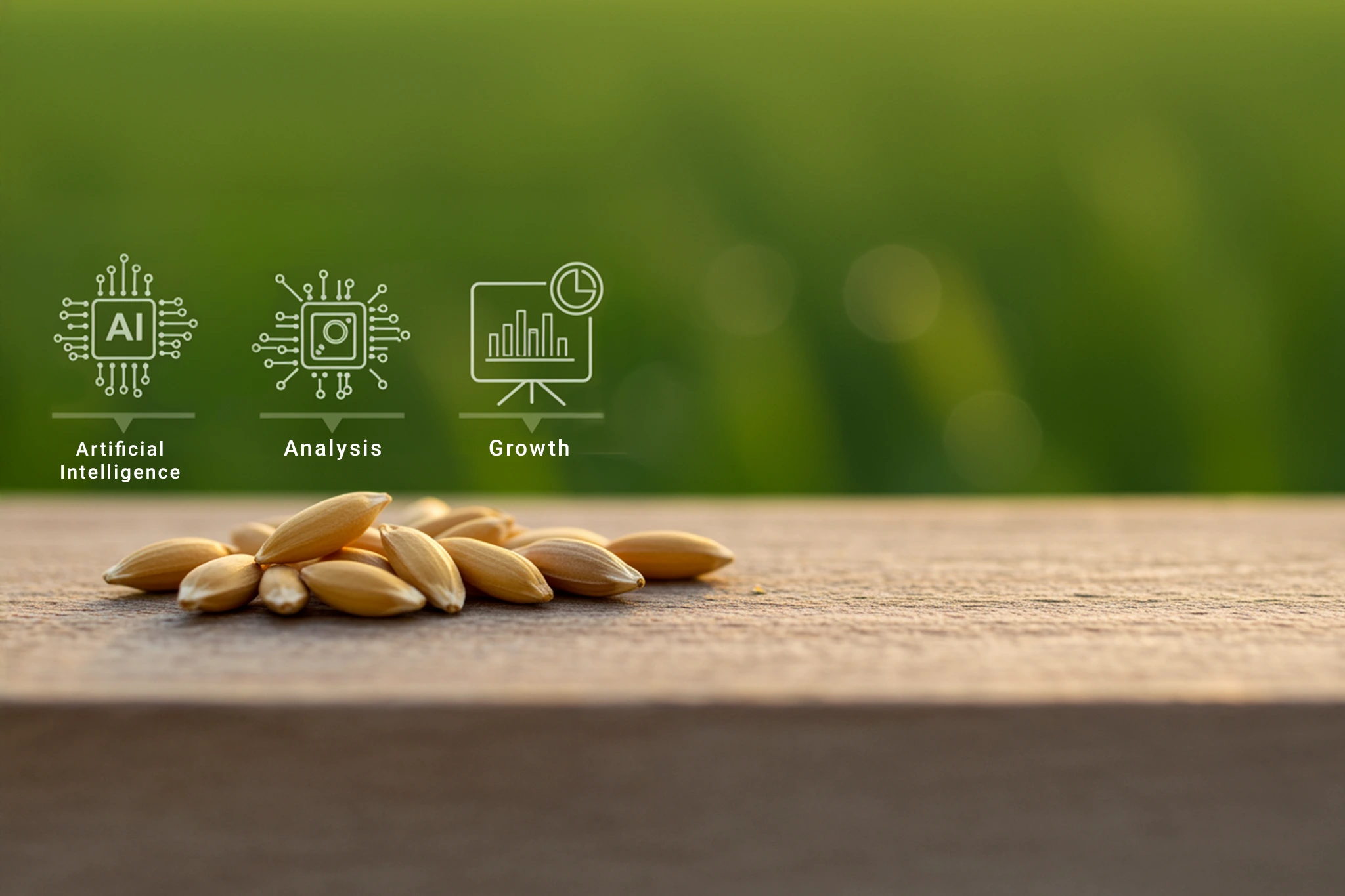The essence of data for any seed company is unequivocal. Harvesting is a crucial period, owing to a cocktail of unpredictable factors that can affect the output. Harvesting at the right time can maximize grain output, minimize losses, and prevent quality deterioration. For instance, unfavorable weather conditions can lead to crop loss and, by extension, poor profit margins. According to research, flash floods, landslides, cyclonic storms, and cloudbursts have resulted in a loss of 5.04 million hectares of crop area in India–a colossal wasted opportunity.
Adding to the complexity, crops generally need to be harvested within a short period, or you risk having a low-quality output. To tackle these challenges, seed companies must embrace emerging technological solutions–with valuable and meaningful data at its core.
Technology becomes the saviour for some challenges encountered during harvesting by seed companies
For the scope of this article, we will focus on top seven challenges encountered by seed companies during harvesting and use of technology to resolve these.
1. Identifying ‘readiness to harvest’
The ability to gauge whether the field is ready for harvest (or not) is a ubiquitous issue. But what if technology such as drones, satellite imagery could be used to monitor these fields on the go and engage in crop harvesting once it’s ready? Here’s how this works:
– Agronomic data for the crop variety can be accessed by seed companies
– They can then analyze the earth observation data and leverage Cropin’s proprietary deep-tech models to estimate the dates at which the field would be ready for harvest and collaborate with farmers.
These smart Agtech tools can throw light on all aspects of harvesting–from understanding the moisture needs to the processes that need to be followed.
2. Calculating ‘reliable yield estimate
As per data, in the production phase, about 500 million tons of food is wasted due to factors such as crop pests and ineffective harvesting as well as irrigation. This is followed by wastage in the post-harvest handling and storage and consumption stages, where 350 million tons are further wasted, accounting for 75% of all food waste. What if we could nip this in the bud with technology? Here’s how seed companies can benefit from accurate and reliable yield estimates with predictive intelligence. Based on historical data for a crop variety, a reliable real-time estimation can be derived by incorporating various advanced technologies like deep-tech and ML. This is extremely useful in planning harvest and post-harvest activities.
3. Offering ‘weather advisories for harvest
Different weather conditions affect different crops in diverse ways. According to research, the yields of maize and soybean dip by up to 6% in rainfed areas for everyday that the temperature goes above 30°C. This shows that the right weather conditions for harvest are critical. Factors such as inadvertent rainfall can impact the ‘quality of seed’ or ‘seed potency’. So, prediction of the same becomes crucial. By marrying satellite imagery with technology such as mobile weather apps and tools that drive farmer engagement, weather warnings and forecasts for the short and long term, can be given to farmers along with a list of proactive actions to be taken.
4. Identifying ‘procurement centers
Identifying the nearest procurement center can boost production capacity and optimize efficiency while cutting down on losses. This could also help keep transit costs at the minimum and simultaneously cut down wastage. If the closest point is full or unavailable for any reason, alternate centers can be identified immediately to prevent crop losses that would otherwise occur due to delays.
5. Optimizing ‘resource allocation
Farm resources and machinery are integral to the agricultural ecosystem and double up as effective on-field assets. Production expenses can skyrocket if they are not tracked effectively, impacting bottomline. This makes it crucial for seed companies to allocate and manage resources (think: people and machinery) that are required for harvest to ensure optimal productivity. One can achieve this by leveraging a data-driven platform (such as SmartFarm Plus) that empowers farm managers to:
- Undertake a systematic and data-driven approach to farming
- Simplify the management of on-field workforce, machinery, and equipment via a centralized dashboard
- Allocate assignments efficiently and utilize resources profitably
- Track activities, cost of operations, and ownership of farm resources
- Schedule plans and assigned resources
- Manage employee attendance as well as automate cost-benefit analysis
- Get access to performance through BI reports
6. Drive ‘high-quality grading and low waste batching
Post-harvest, the seeds must be graded accurately and batched at the farm gate. Use of digital imaging technological solutions can offer support in assessing seed companies.
7. Engage in ‘traceability to the source
Traceability for the seed is essential as it empowers farmers and seed companies to trace the life of a seed, its origin, handling, and other vital aspects involved in the seed’s packaging. Seed traceability can be established by bar coding at the point of collection to identify the farmer, farm, and provide other vital information pertaining to crops’ quality.
Technology is actively used to improve the seed harvesting process, address key bottlenecks, and drive maximum output. Companies like Cropin are leveraging technology to collect data and utilize actionable insights to manage production for seed companies globally. This ensures maximum yield, higher profits, and course-correct issues. Cropin’s vision is to use technology to improve productivity, drive adherence to compliances, boost farmer engagement, and encourage optimized production planning, among other practices. In today’s dynamic farming landscape, the time is ripe for technology to play an integral role in harvesting–as much as the seed itself.
Ready to unlock the future of agriculture?
Explore Cropin Sage and witness the power of real-time agri-intelligence.








